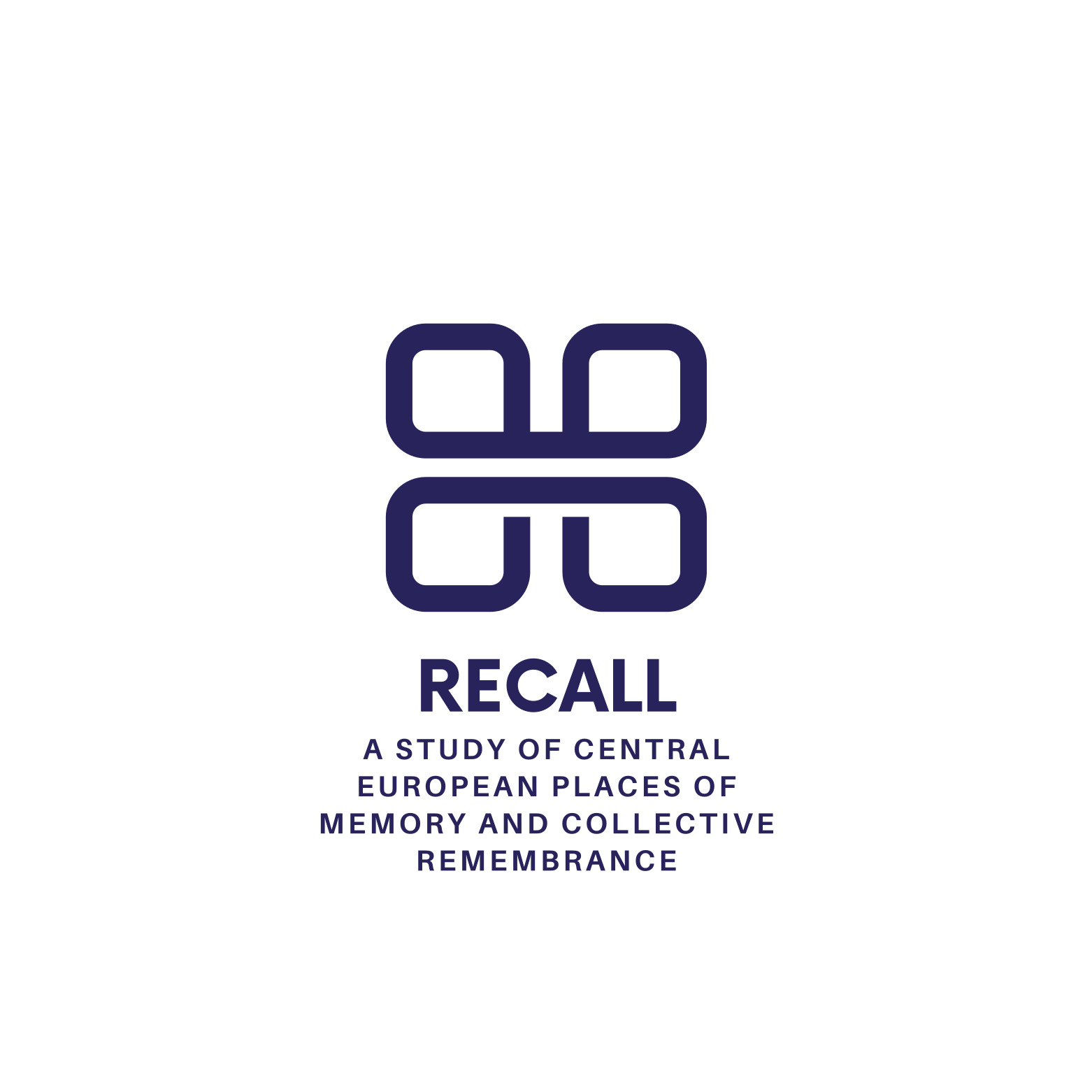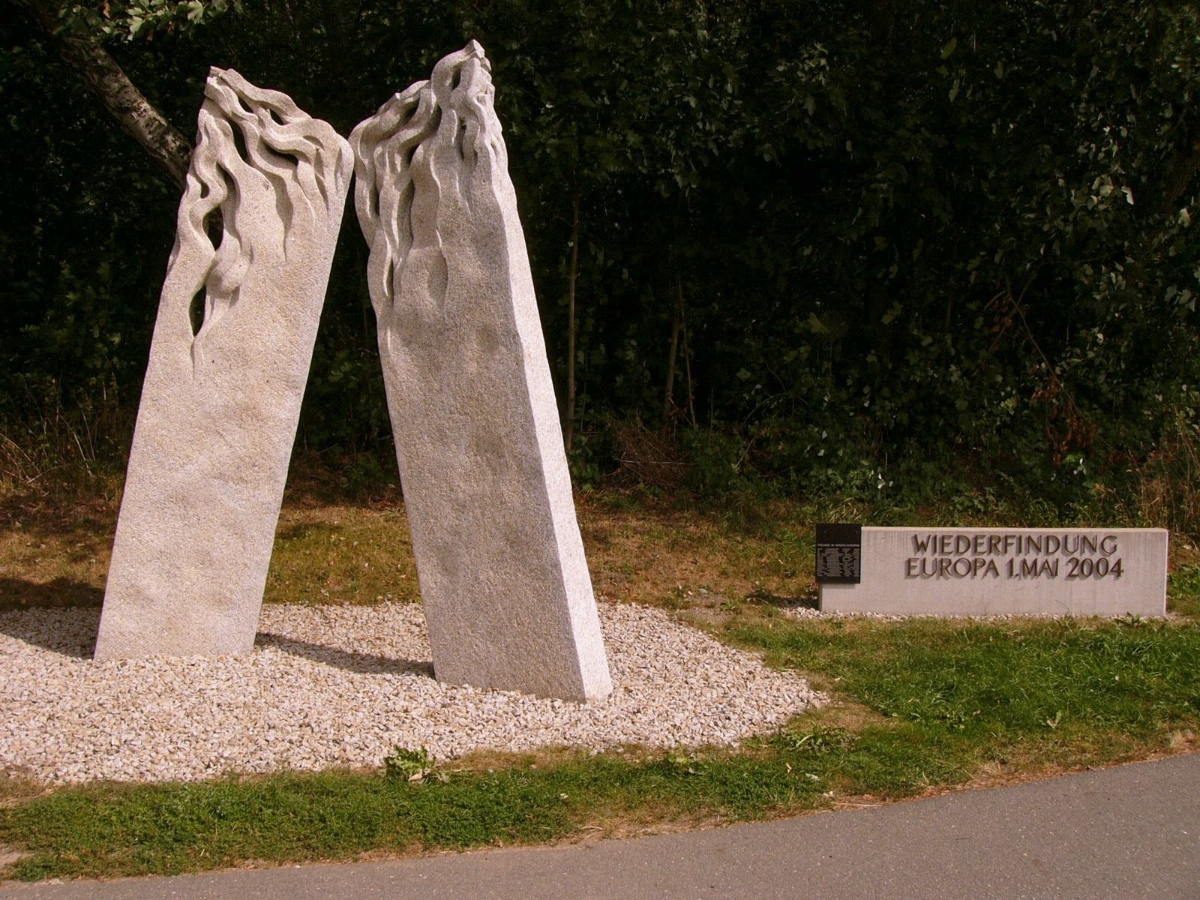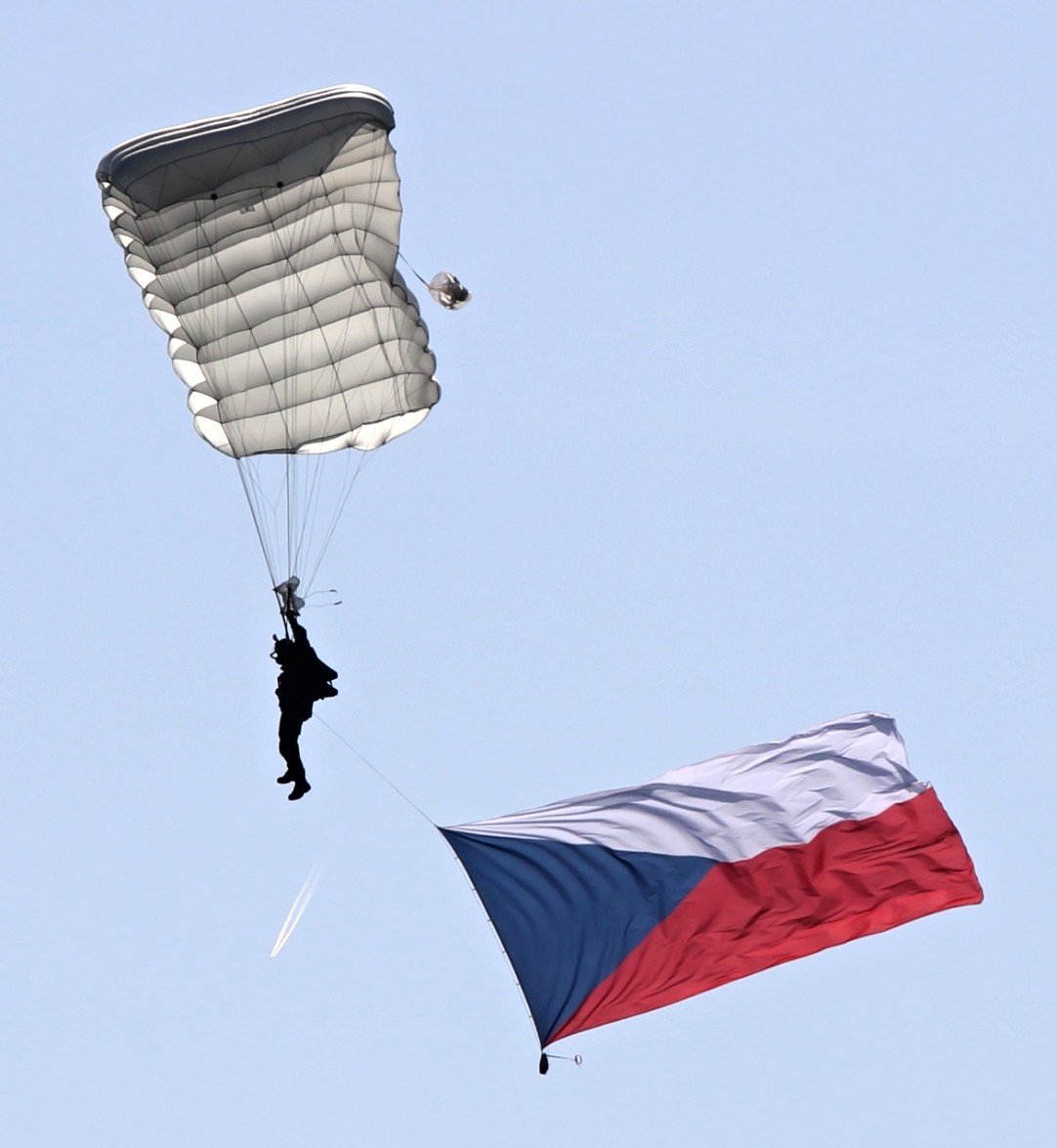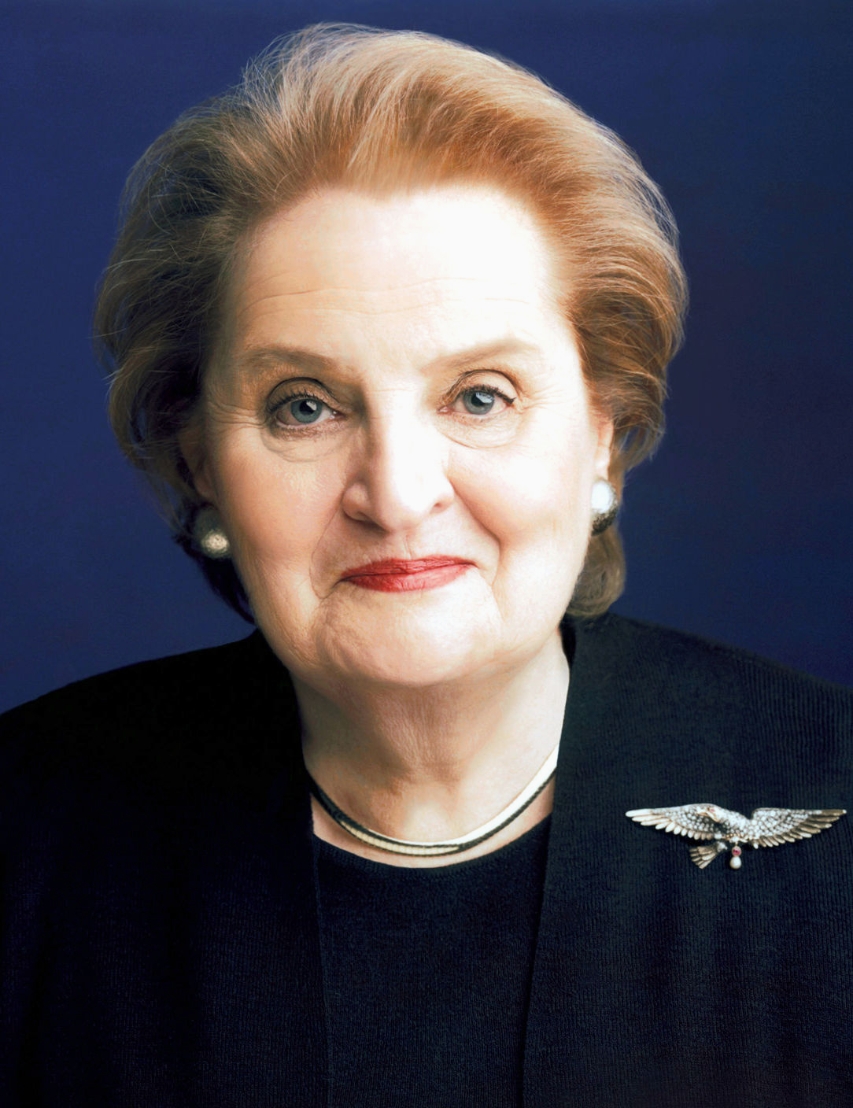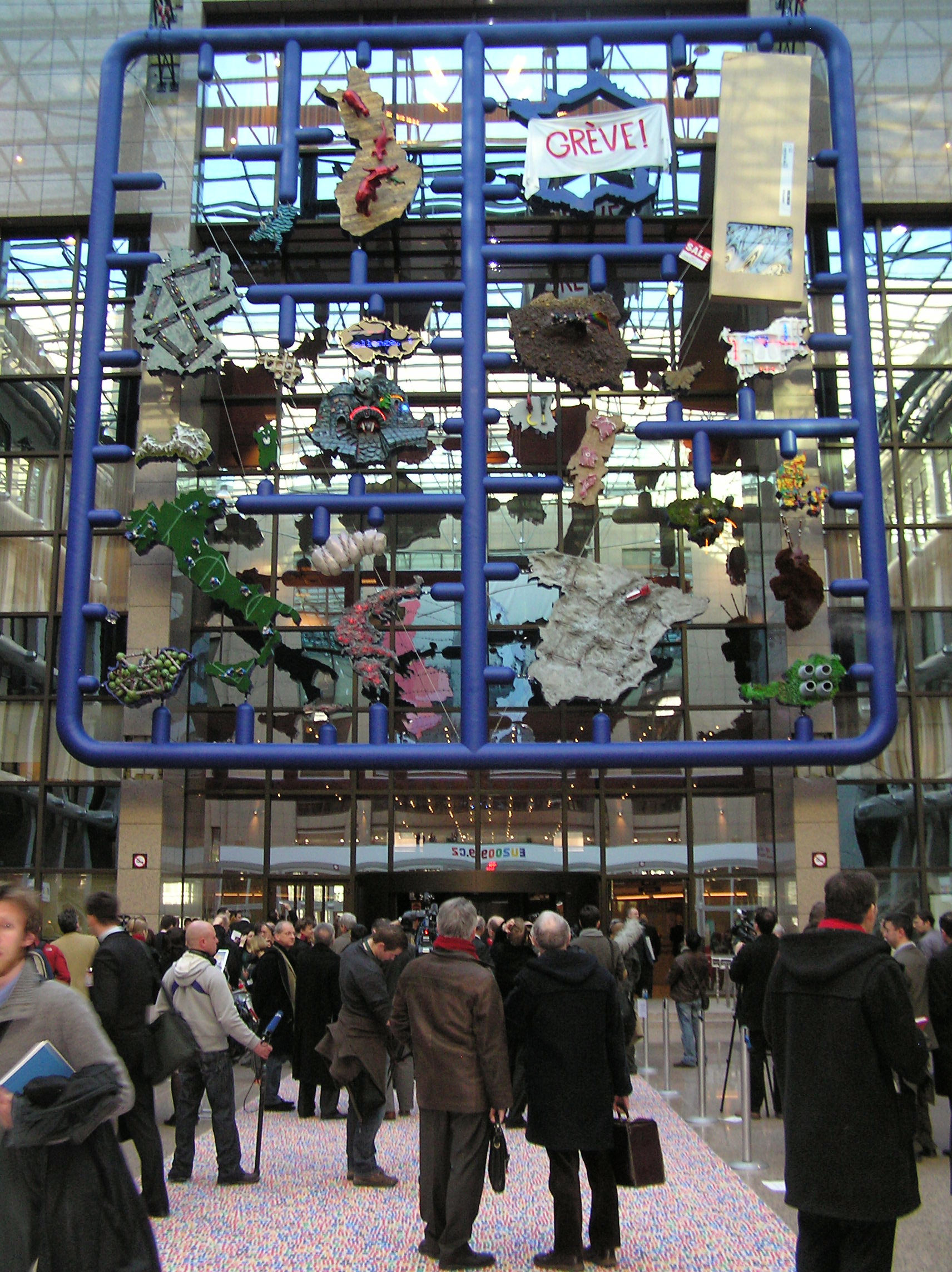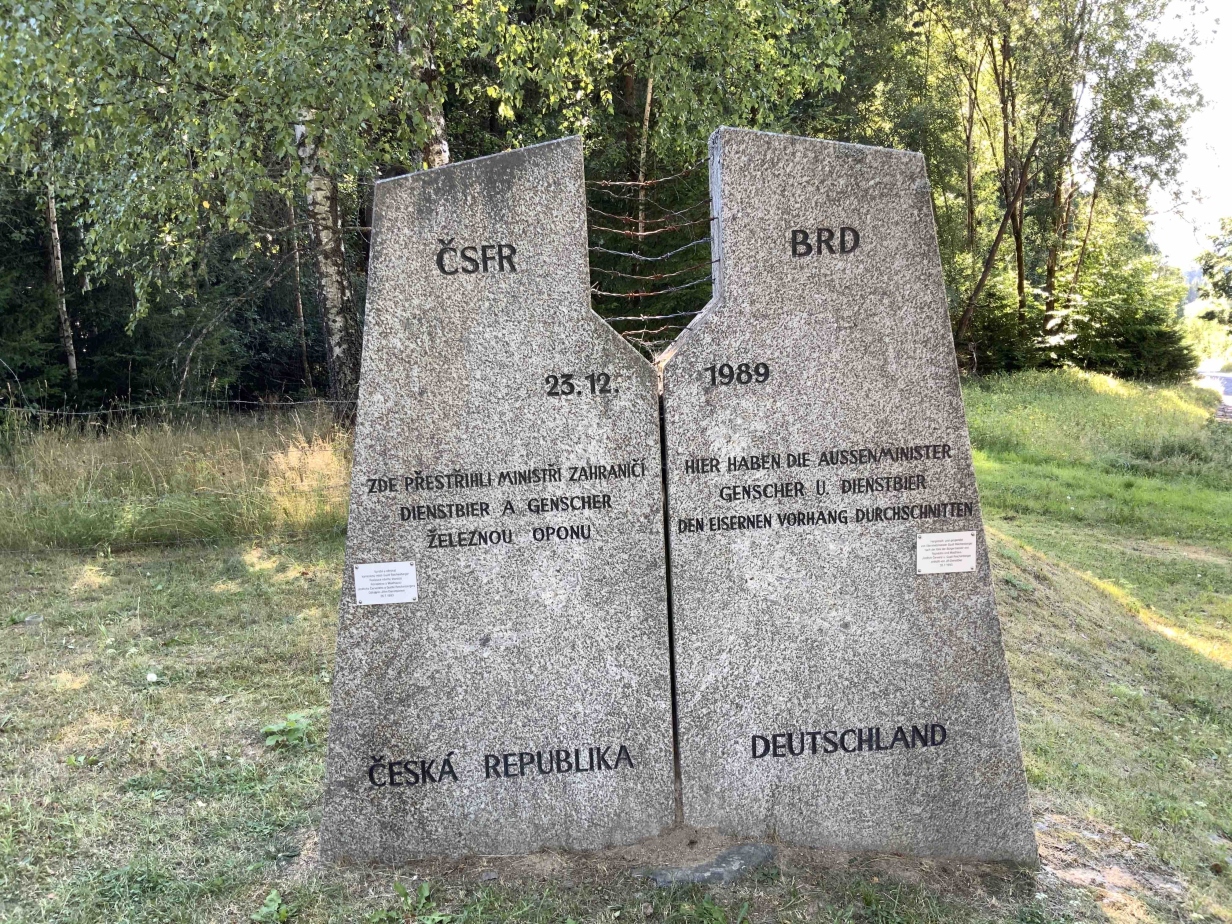
The memorial of cutting the barbed wires of the Iron Curtain – Rozvadov
Czech figure of the „Back to Europe together” topic
Jiří Dienstbier, the first non-communist foreign minister after the fall of the Iron Curtain, wrote an essay on the Czechoslovak position in Europe when he was still a stoker and a dissident. Back then, in 1985, Czechs could only dream about Europe, and so the book was called Dreaming of Europe. During the Cold War, the position of the Czechs and Slovaks was seemingly unquestionable – they belonged to the Eastern Bloc and the Soviet sphere of influence. Since the autumn of 1989, however, everything has changed, the Berlin Wall – a symbol of the division of the world – has been torn down, and the desire for freedom and „return” of Czechoslovakia back to the states of democratic Europe has taken over the Czech and Slovak society.
But the journey was not to be easy. Firstly, it was necessary to achieve the withdrawal of Soviet occupation troops from Czechoslovakia and dissolve the Warsaw Pact, which served as an instrument of Moscow’s influence. However in the free conditions, the unresolved problems of Czech and Slovak coexistence in one state were revealed. No solution to coexistence could be negotiated and so the Czech-Slovak federation ended. The Czechs entered European economic and security structures independently of Slovaks.
Let us mention the three most important milestones of the „return to Europe”. In February 1991, the top leaders of Czechoslovakia, Poland and Hungary signed a declaration in Visegrad on cooperation on the process of European integration. With the exception of Slovakia, which after the dissolution of Czechoslovakia initially struggled with authoritarian tendencies, the three Central European states became members of NATO (1999) and the European Union (2004). Madeleine Albright, the Bohemia-born US Secretary of State, who paid particular attention to the dynamically changing Central Europe, contributed to this significantly.
The commemorative culture of these events of recent history is slowly developing and takes many forms. For example, the NATO Days, organised to commemorate the importance of the Czech membership in the North Atlantic Treaty Organisation, have a tradition of more than twenty years. Some of the evidence of the first Czech Presidency of the European Union are also gradually acquiring a commemorative character. However, traditional memorials commemorating the Czech “return to Europe” are being created sporadically. Probably the oldest was unveiled in 1993 in Nové Domky near the border crossing Rozvadov – Weidhaus. It reminds the people that in December 1989, the Foreign Ministers of Czechoslovakia and the Federal Republic of Germany, Jiří Dienstbier and Hans Dietrich Genscher, symbolically opened the common state border by cutting the barbed wires installed by the security authorities of the communist regime.
Further reading:
Pánek, Jaroslav – Tůma, Oldřich (eds.), History of the Czech Lands, Prague 2018, p. 650-702.
Simon, Jeffrey, NATO and the Czech and Slovak Republics. A Comparative Study in Civil-Military Relations, Lanham 2023.
Bideleux, Robert – Jeffries, Ian, A History of Eastern Europe. Crisis and Change, London 2007.
Blackman, Ann, Seasons of Her Life. A Biography of Madeleine Korbel Albright, New York 1998.
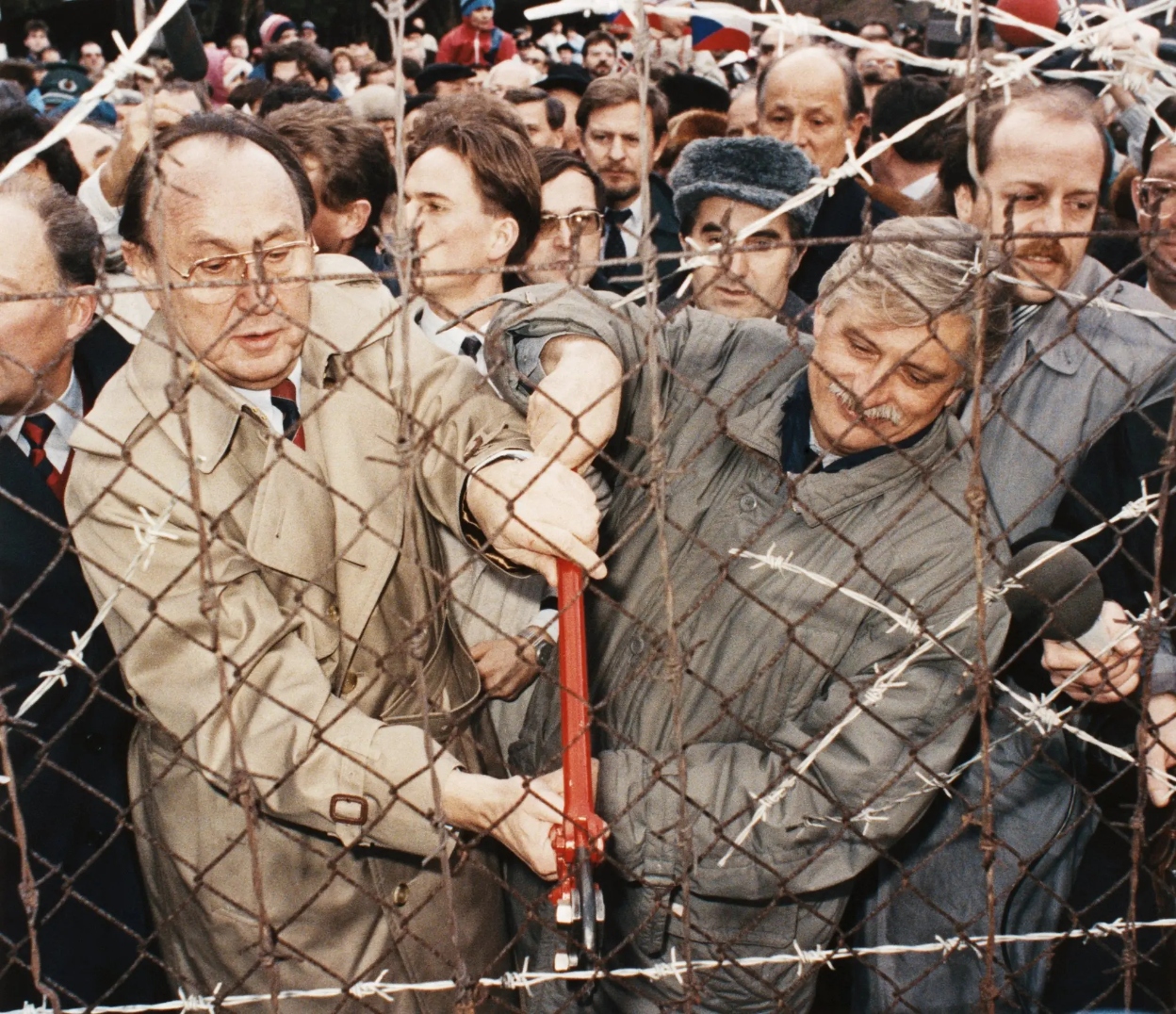
Facts
